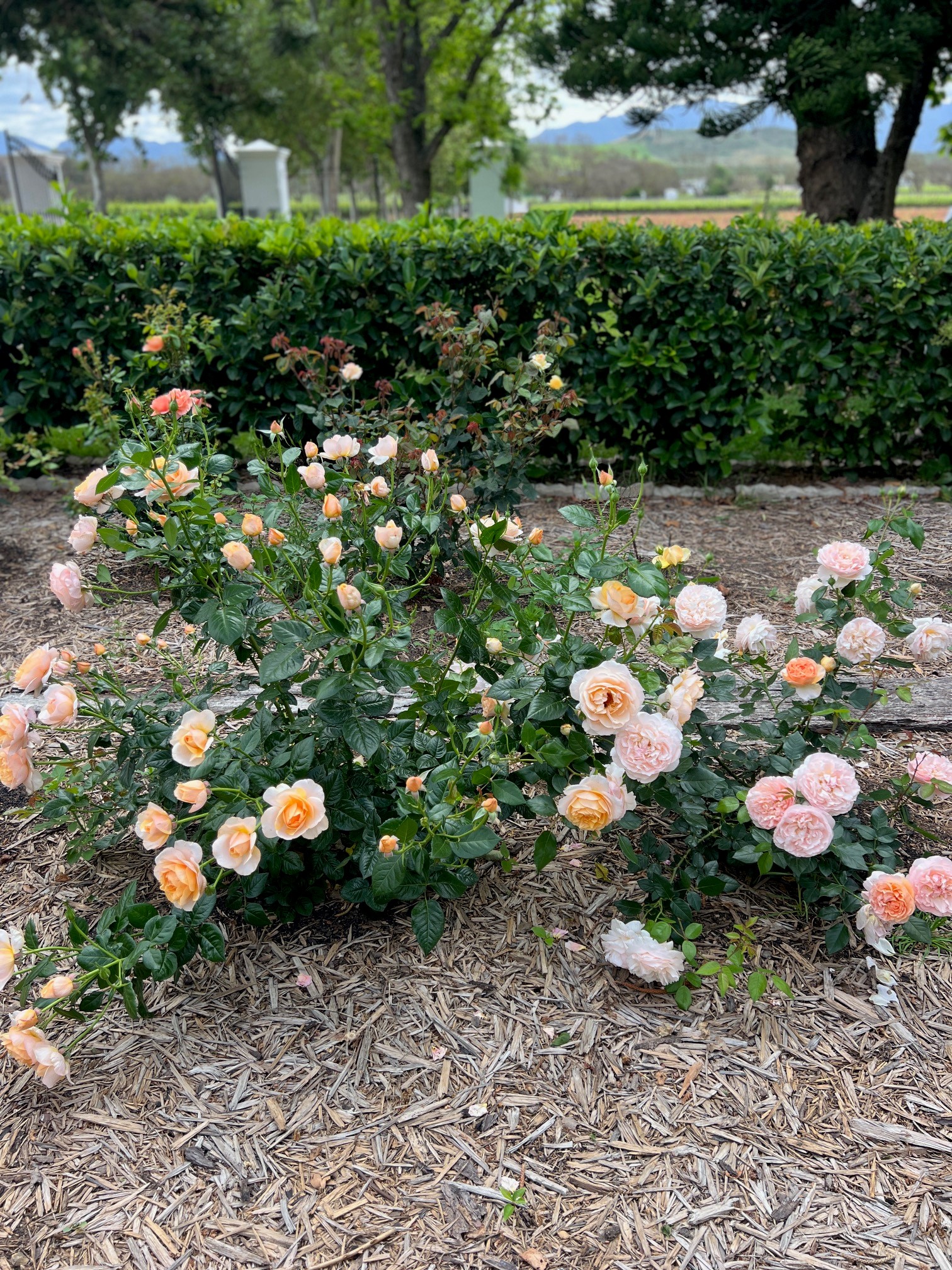September is here, bringing spring with it! After the cold, wet and snowy July and August, spring sunshine is more than welcome, as are spring flowers. After last month’s visit to Worcester, this month’s drive between Worcester and Robertson is on the famous wine Route 62, where spring flowers and scented indigenous bushes line the roadside.
The Robertson region, like many others, has become associated with a particular variety and wine style; in this case, chardonnay in still wines and Cap Classique sparkling. The seed of this reputation lies in the area’s limestone soils, unusual in the Cape, but perfect for these wines. To promote the positive relationship between limestone and chardonnay, five Robertson producers formed Calcrete, a group making unwooded chardonnay. Robertson winemakers’ confidence is suggested by the area planted to chardonnay: 1674.32 ha at the last count with pinot, also used in bubbly, much less for still wine, 236.85ha.
The name Cap Classique was adopted by the eponymous association as neatly expressing both the wines’ origin and style as they are made in the same traditional way as Champagne.
Bubblies are included in many winemakers’ ranges; a few specialise; Graham Beck and Silverthorn are two. The late Graham Beck recognised the potential of the area and its soils; he purchased the farm Madeba in 1983, designed a dedicated Cap Classique cellar to aesthetically blend with the surrounding hills, planted vineyards, with the first bottling in 1991; until 2014, the range included both white and red wines, when the decision was to specialise in Cap Classique; there are now nine, across all styles, in the range. Pieter Ferreira has been involved as Cellarmaster and now Chief Operations Officer, since day one.
His description of Graham Beck house style is that it; ‘embraces sunshine.’ Robertson is a warm area, do Cap Classique producers have any choice? Harvesting at night, once temperatures have lowered, has been introduced and continues into daylight until the grapes reach 24C; once harvested, they reach the cellar and are processed within 20 minutes of leaving the vine.
John Loubsher, who owns Silverthorn with his wife, Karen, offers other reasons why Robertson can produce great Cap Classiques. ‘Robertson lies some 70 kilometres from the Breede River mouth and inland from the Indian Ocean; these play an important role in cooling the vineyards every afternoon and ensure cool nights.’ He adds another benefit; ‘Our harvest for bubblies happens in January, before the hottest month of the year, February.’
John characterises Silverthorn’s house style as ‘elegance with longevity.’ Nothing unusual about that but some of his wines are distinctive due to the varieties in them. His Blanc de Blancs, named The Green Man, is made from chardonnay and Jewel Box and Big Dog (his Cape Winemakers Guild wine), are from chardonnay and pinot noir, The Genie and River Dragon are less mainstream. Shiraz isn’t a variety associated with Rosé bubbles; here, The Genie, represents the free-willed spirits that are part of Arabian folklore. River Dragon, made from old vine colombard, fermented and aged in Acacia oak, is even more unusual and distinctive.
Other producers of Cap Classique, most who farm along or close to the banks of the Breede River, include Springfield, De Wetshof, Bon Courage, Paul René, Van Loveren and Weltevrede.
If a springtime drive to Robertson is alive with indigenous flowers, roses are a major attraction in winery gardens, climbing along roadside fences, even in the middle of the road in town! The soils that so suit vines also see roses thrive.

Spring flowers, roses, chardonnay and a diversity of bubblies, there’s plenty to celebrate on a visit to Robertson.

Photo credit: Gera de Wet
Angela Lloyd